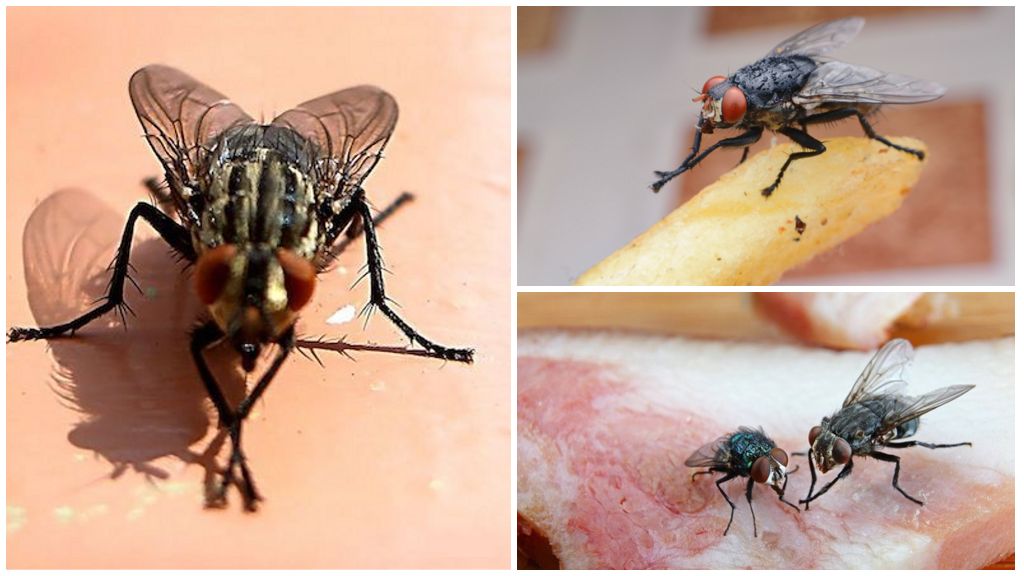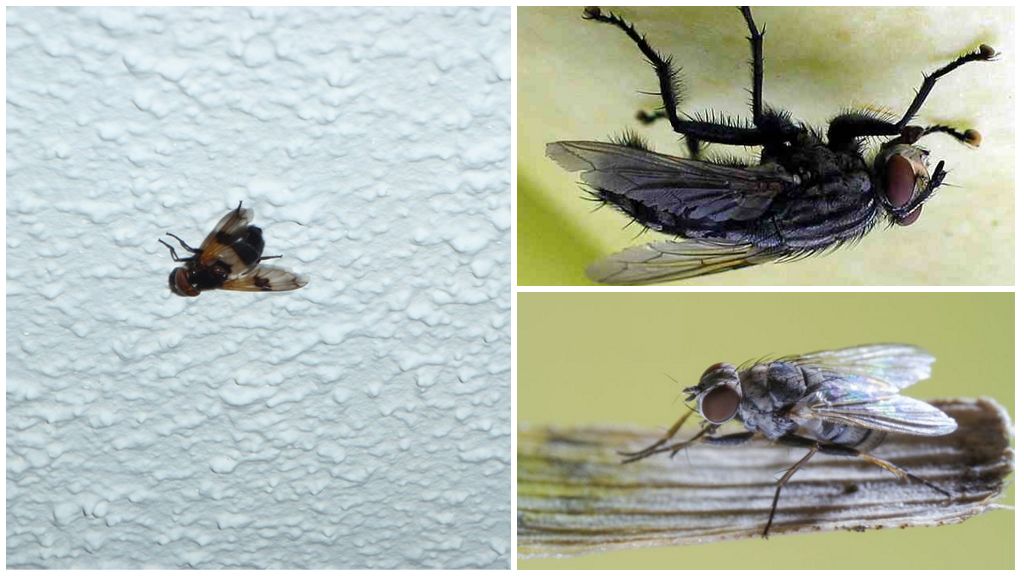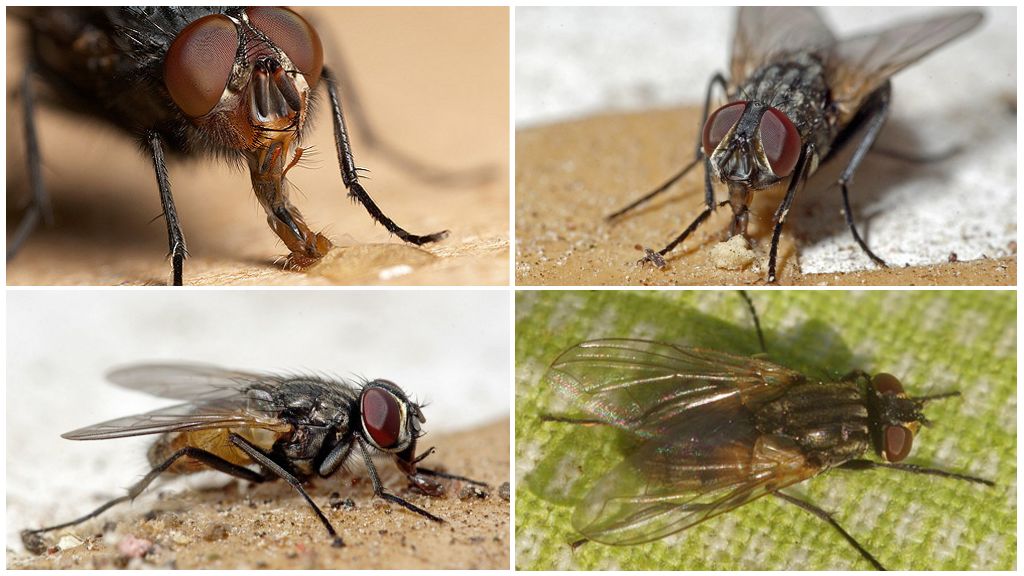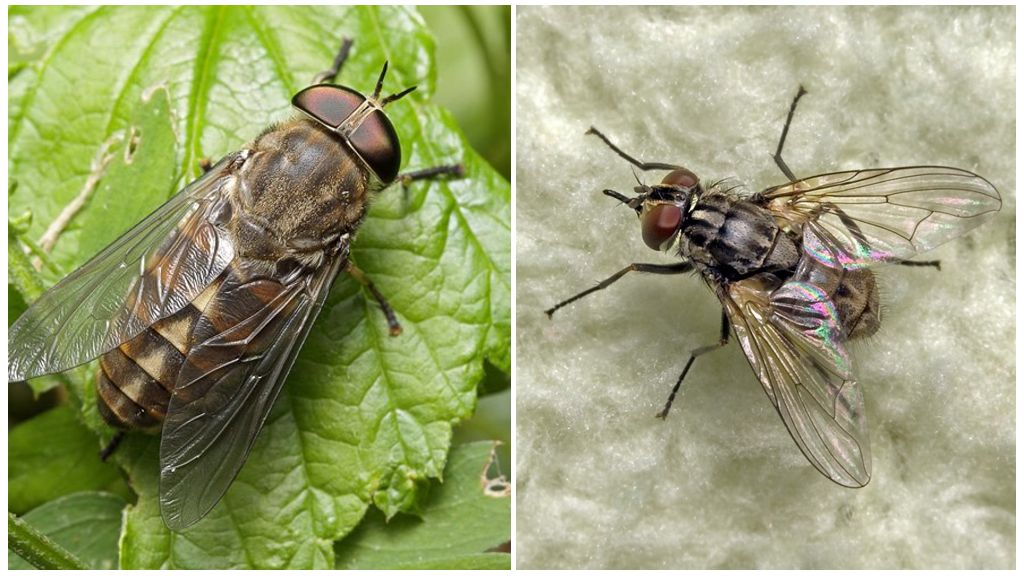
Every warm season, flies have to be met by representatives of rural and urban areas. They are calm climb into the house through open windows, doors, cracks in the wall. Very often they can be found in one interesting occupation - rubbing the limbs. Why do flies rub their paws, is there a deep meaning in this, or do they do it for aesthetic reasons.
Reasons for an interesting lesson
The fly rubs the legs against each other to clean them from contamination. Many insects do this, but in this case there is another hidden meaning.
The extremities of the flies end with special pads that are periodically covered with special fat - lard. This feature allows insects to stay on a smooth, slippery surface and even sit on the ceiling. The pest sits quietly on the glass for as long as necessary.
Over time, the fat layer erases due to contamination of the legs. Dust particles, food cling to them. Periodically rub the paws to remove dirt, resume sebaceous accumulations.
On a note!
If the pest is lowered for several seconds in hexane, then placed on the glass, it will not be able to resist. Sits on any convenient surface, begins to wipe the legs. By such actions it stimulates the production of fat. It is worth rubbing your feet a little, in a few minutes will be able to safely crawl on the glass in any direction.
Limb role
The paws need the insects to move on a hard surface, but this is not limited to their functions. On the pulvilles there are short but numerous bristles, which are the organs of touch, taste. Feet analyzed food better than man makes language. This is another answer to the question why flies rub their paws. So that the organs of smell and touch do not lose their full-fledged functions, you have to constantly wipe your paws and clean them.



